Testing for haematological cancers - follow the sample
In this case study we look at a blood sample arriving at our Central Specimen Reception at Guy’s Hospital and the pathway it subsequently takes through the laboratory for the purposes of either monitoring, or diagnosing a cancer.
Haematological cancers in context
Let’s put haematological cancers into perspective. There are around 12 groups of haematological cancers, with approximately 160 sub-diagnoses.
Many of these are similar but each have a differentiating factor which can influence the approach to treatment.
In 2003, a review of diagnostics and treatment of haematological cancers was carried out by the National Institute for Health and Care Excellence (NICE) with the aim to improve outcomes for cancer patients with haematological malignancies.
The review stated: “Improving the consistency and accuracy of diagnosis is probably the single most important aspect of improving outcomes in haematological cancers.”
Our Haematological Malignancy Diagnostic Centre (HMDC) at King’s College Hospital was set up in line with this report, led by one of the authors’ Doctor Robin Ireland, and was one of the first such centres in the country.
Improving diagnostics – an example from King’s
Already a regional centre for cancer care for over 20 years, King’s extended the service to be compliant with the guidelines contained within the NICE report - essentially combining services to establish integrated laboratory diagnostics and processes to produce an integrated report.
The service at King’s is one of the largest in the country, serving a population of around five million people and processing over 12,000 requests each year which equates to around 22,000 tests.
This model of operation has since been adopted by a number of centres and reflects the expert cancer diagnostic services in place across Viapath’s sites of operation.
Working together to diagnose cancer
The structure of the cancer services at Viapath allows for a directed process of investigation, beginning when the sample comes into the labs with some clinical details, which help our scientists to decide the most likely diagnosis and to test appropriately.
This process saves both time and resources. With a totally collaborative way of working despite differences in the various disciplines, our laboratories provide a high quality diagnostic service for patients and clinicians.
What happens to your sample?
This illustration comprises a small part of the testing process; cancer diagnosis involves a wide range of disciplines of which haematology is one. This sample pathway gives a guided tour through our Special Haematology laboratories at Guy’s Hospital, but is equally applicable to haematology across our service.
Blood samples are taken by a Viapath phlebotomist in the clinic and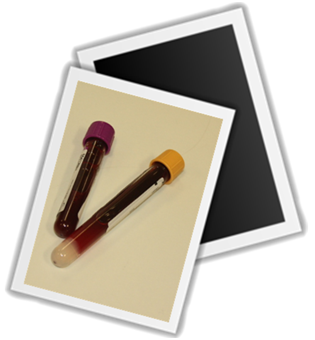 immediately sent to the Specimen Reception at Haematology where samples are booked in on prioritised.
immediately sent to the Specimen Reception at Haematology where samples are booked in on prioritised.
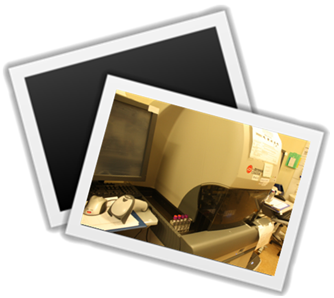 The first step is to do a full blood count, to ensure there are no abnormally low numbers of blood cells. This is particularly important for patients who have already been diagnosed and are undergoing a check-up during chemotherapy. Assessments are made as to whether administration of antibiotics or blood products are required. This process only takes a minute or two.
The first step is to do a full blood count, to ensure there are no abnormally low numbers of blood cells. This is particularly important for patients who have already been diagnosed and are undergoing a check-up during chemotherapy. Assessments are made as to whether administration of antibiotics or blood products are required. This process only takes a minute or two.
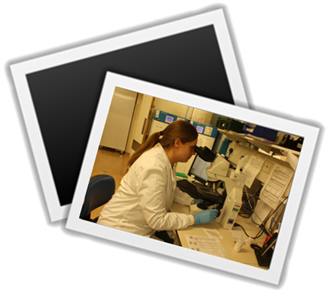 If further investigation is required into the results of a full blood count, or indeed if the laboratory receives a bone marrow aspirate, it is analysed by a Biomedical Scientist (BMS) down a microscope. All results are checked by a Senior BMS.
If further investigation is required into the results of a full blood count, or indeed if the laboratory receives a bone marrow aspirate, it is analysed by a Biomedical Scientist (BMS) down a microscope. All results are checked by a Senior BMS.
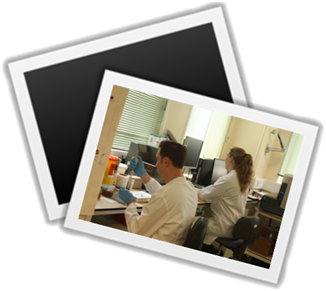 In cases of suspected Leukaemia, the sample would be sent for immunophenotyping in Special Haematology. This process involves labelling white cells in the blood with specific antibodies, which allows for the differentiation between similar leukemic cells, giving an accurate diagnosis of specific cancers. The labelled cells are processed very quickly in a flow cytometer.
In cases of suspected Leukaemia, the sample would be sent for immunophenotyping in Special Haematology. This process involves labelling white cells in the blood with specific antibodies, which allows for the differentiation between similar leukemic cells, giving an accurate diagnosis of specific cancers. The labelled cells are processed very quickly in a flow cytometer.
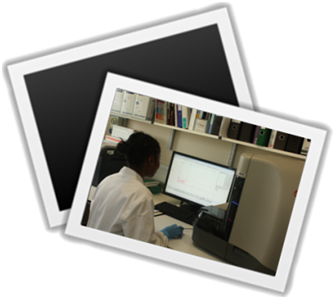 Results from Special Haematology are then presented at a multidisciplinary meeting, with representatives also from haematology, histology and cytology (including cytogenetics). The results from each of these disciplines is discussed and compared to each other, allowing the consultant to make a specific diagnosis which will allow for more targeted treatment.
Results from Special Haematology are then presented at a multidisciplinary meeting, with representatives also from haematology, histology and cytology (including cytogenetics). The results from each of these disciplines is discussed and compared to each other, allowing the consultant to make a specific diagnosis which will allow for more targeted treatment.
Further information
Haematological Malignancy Diagnostic Centre
Special Haematology Department
2003 NICE report – Improving outcomes in haematological cancers

